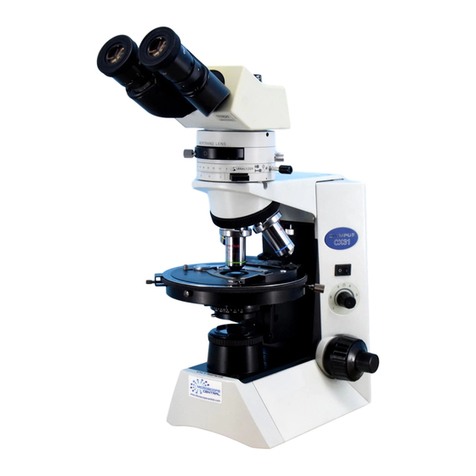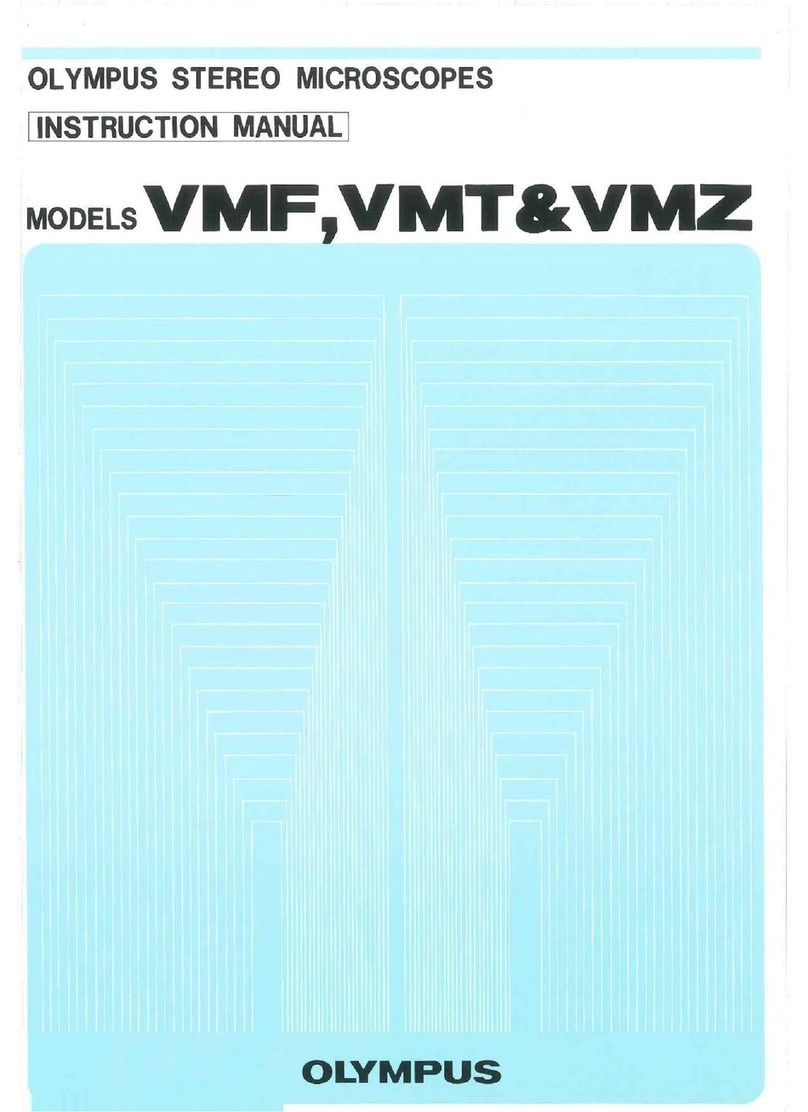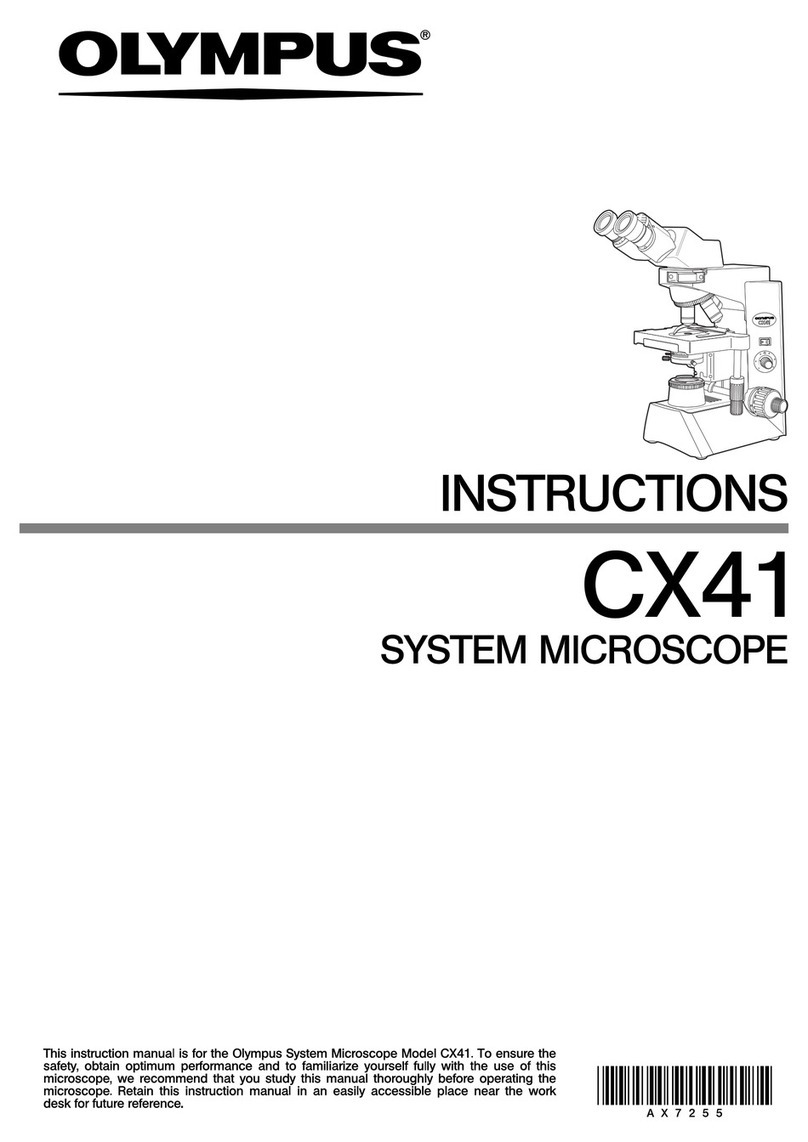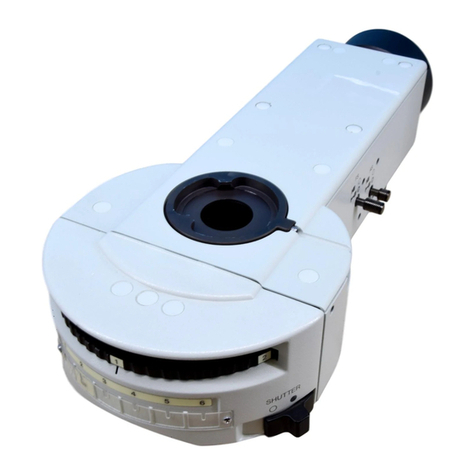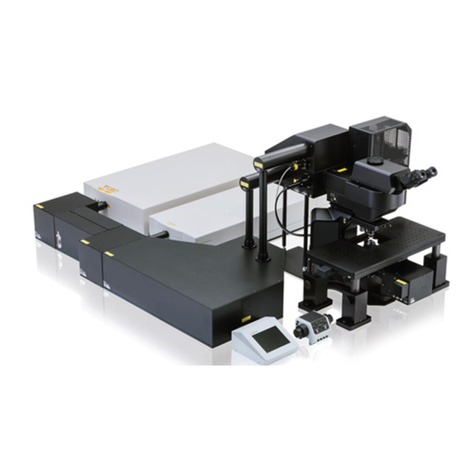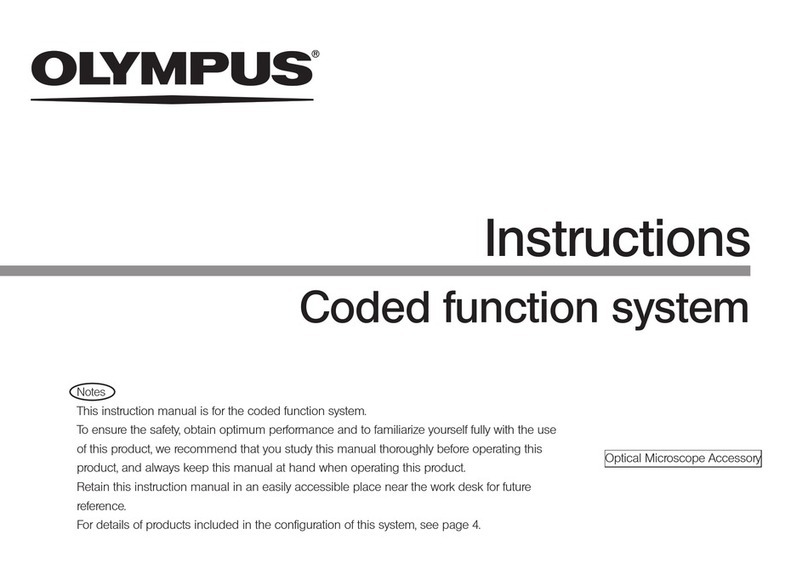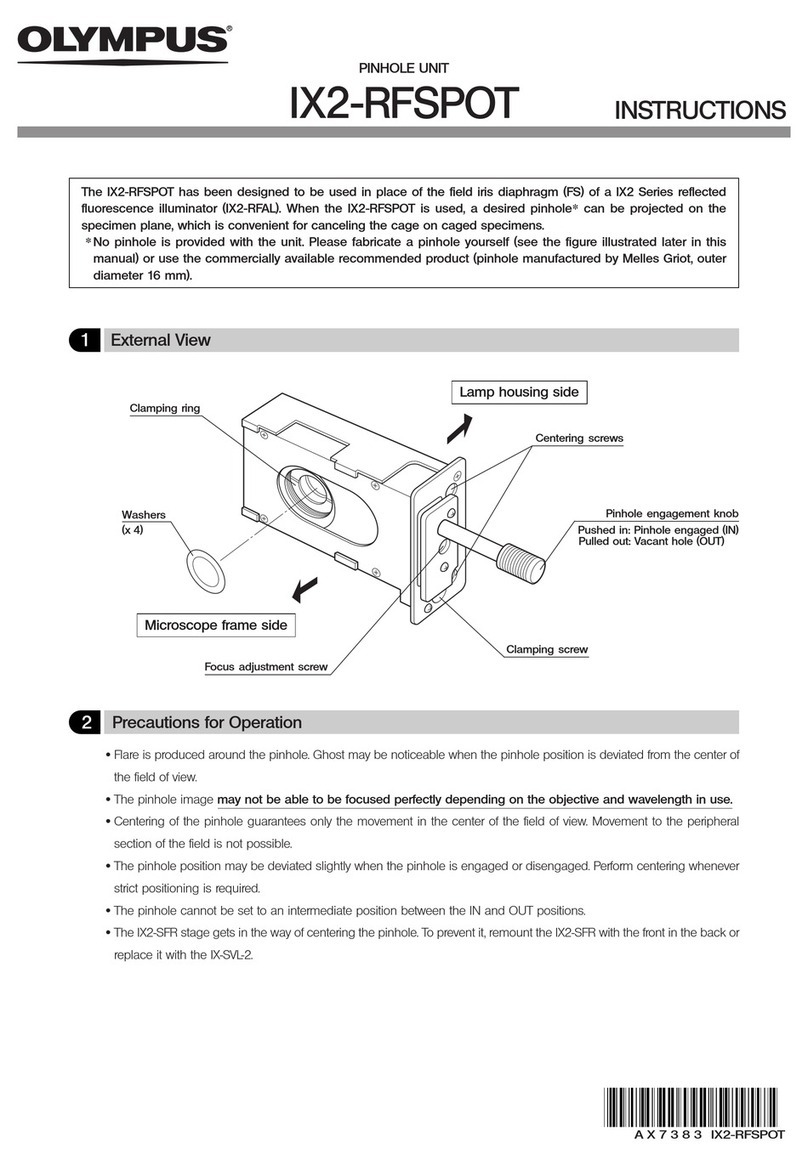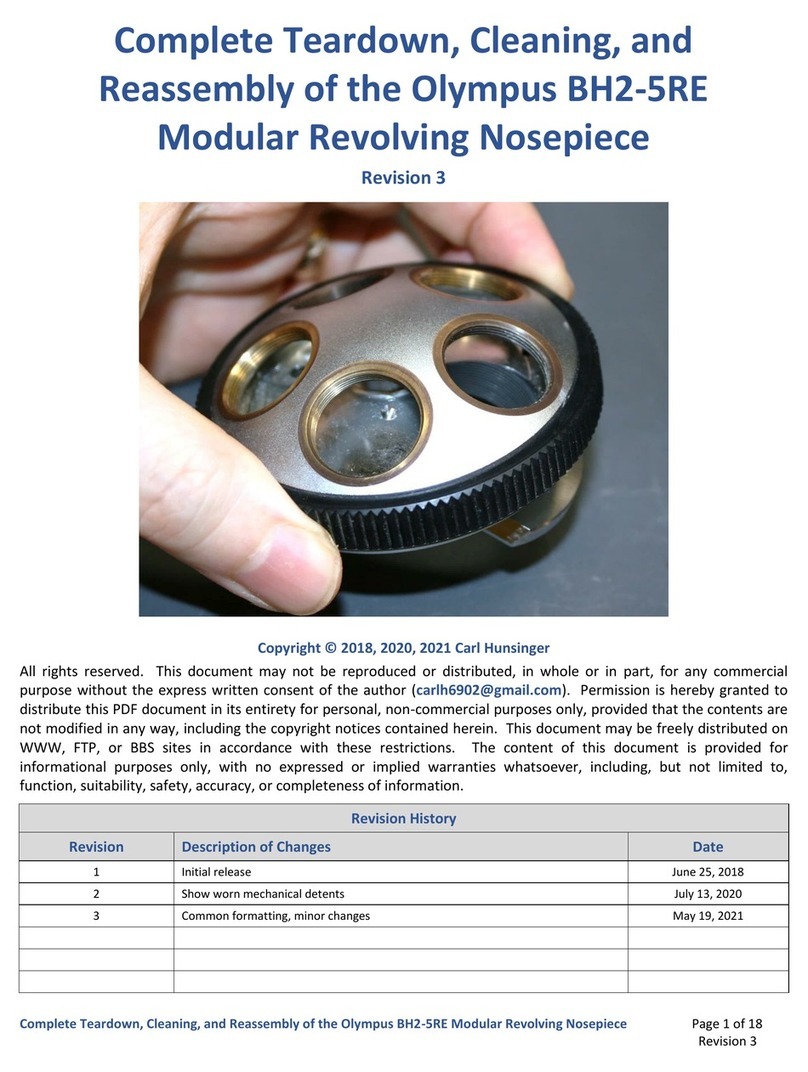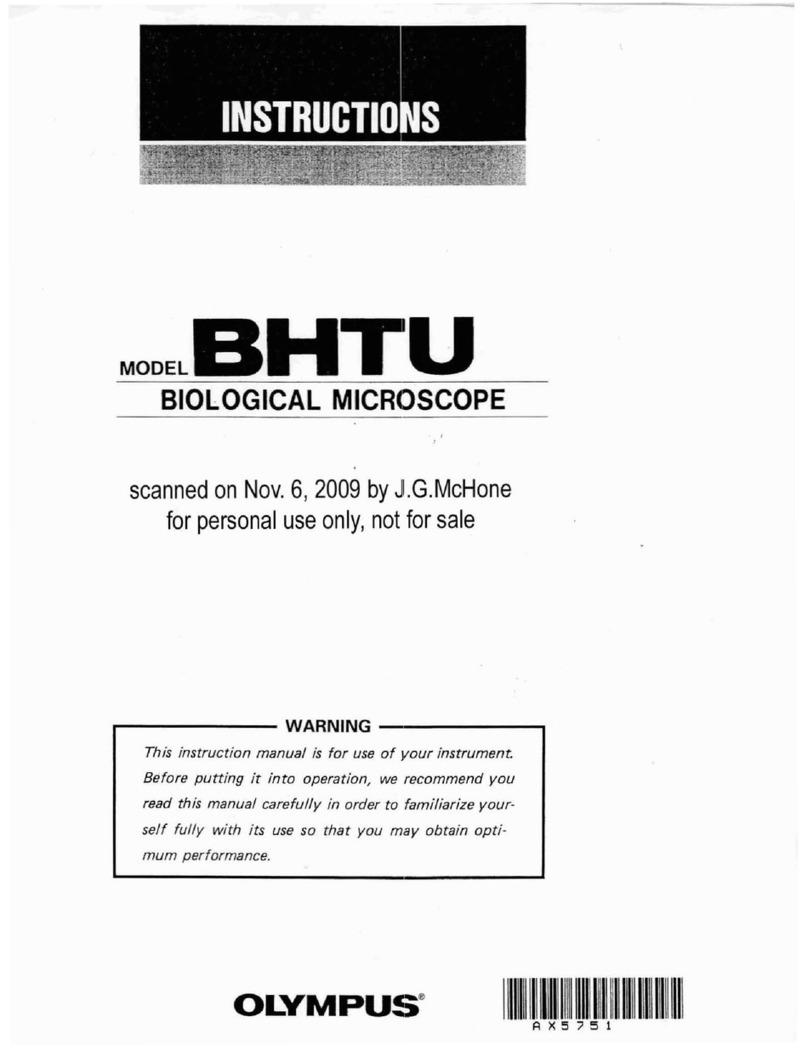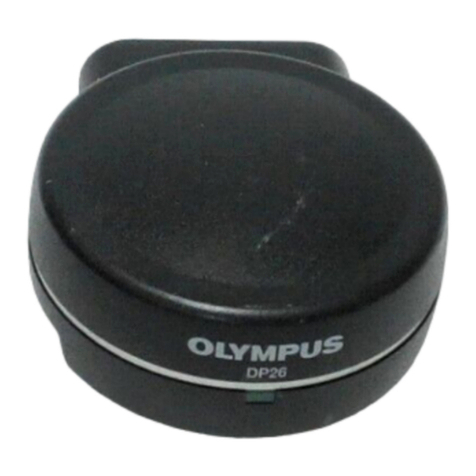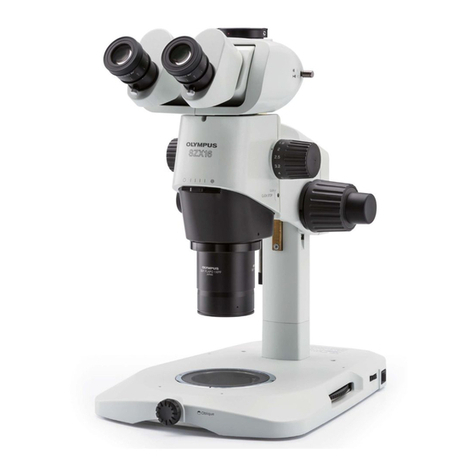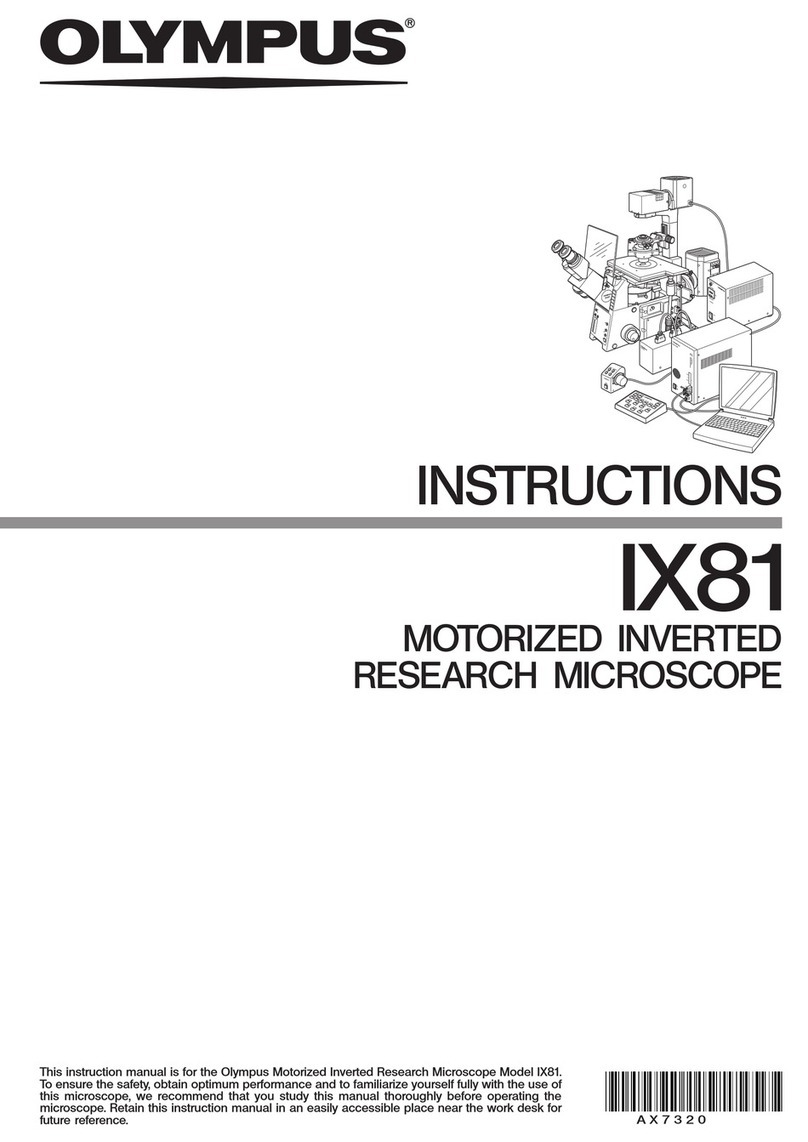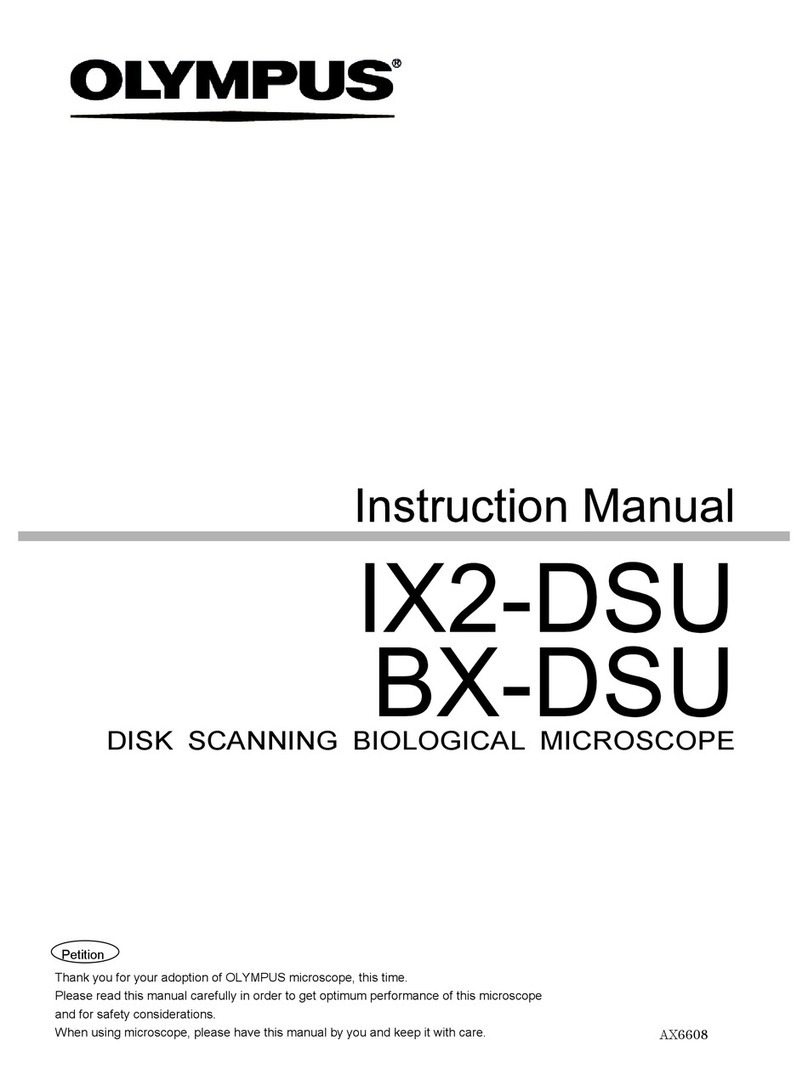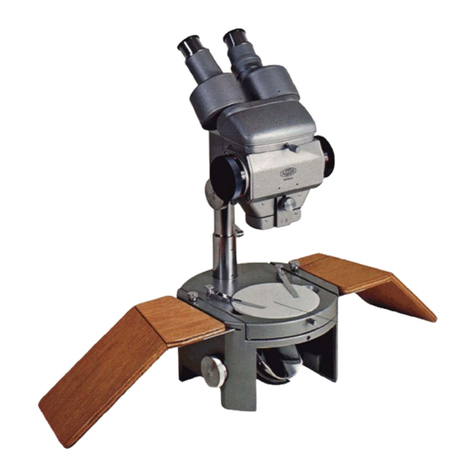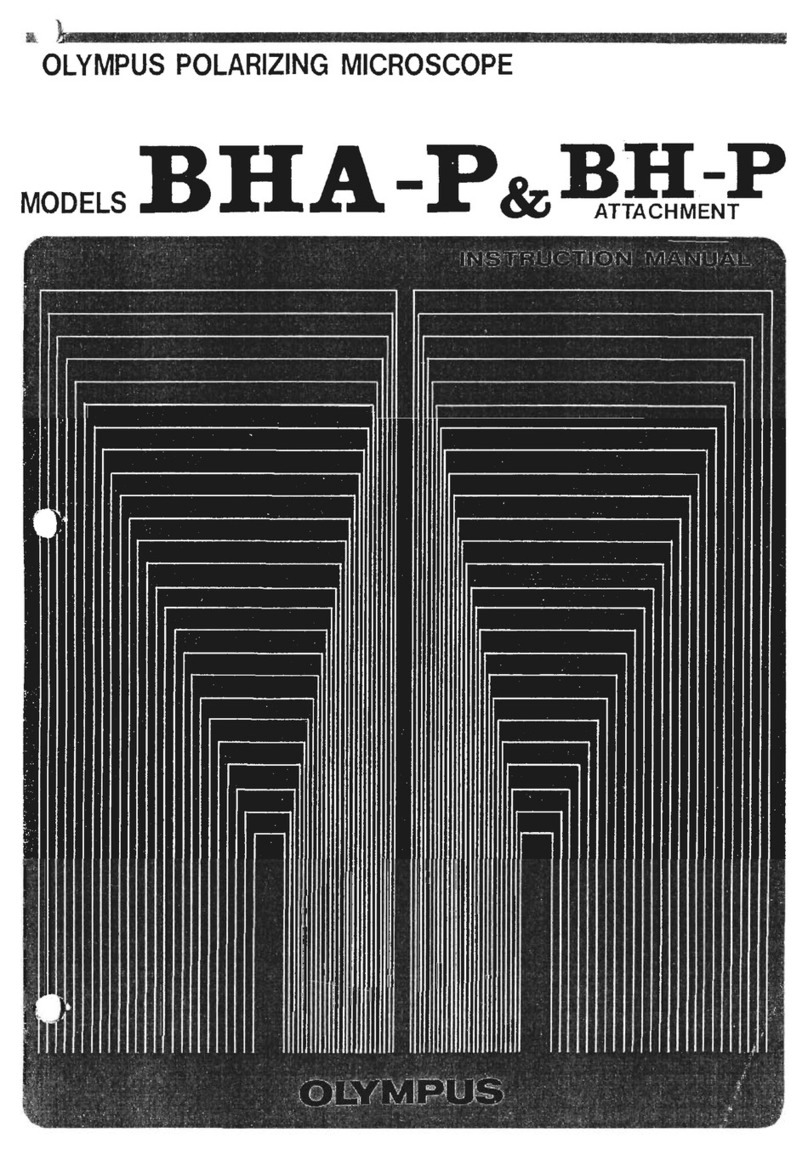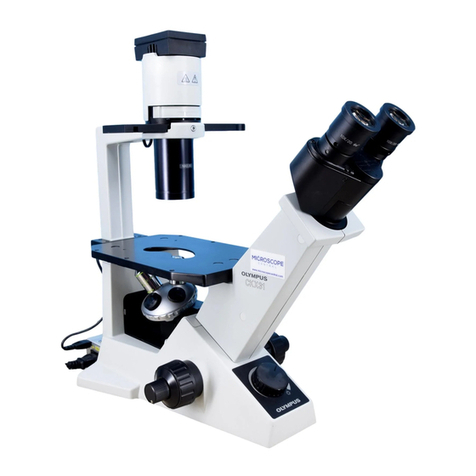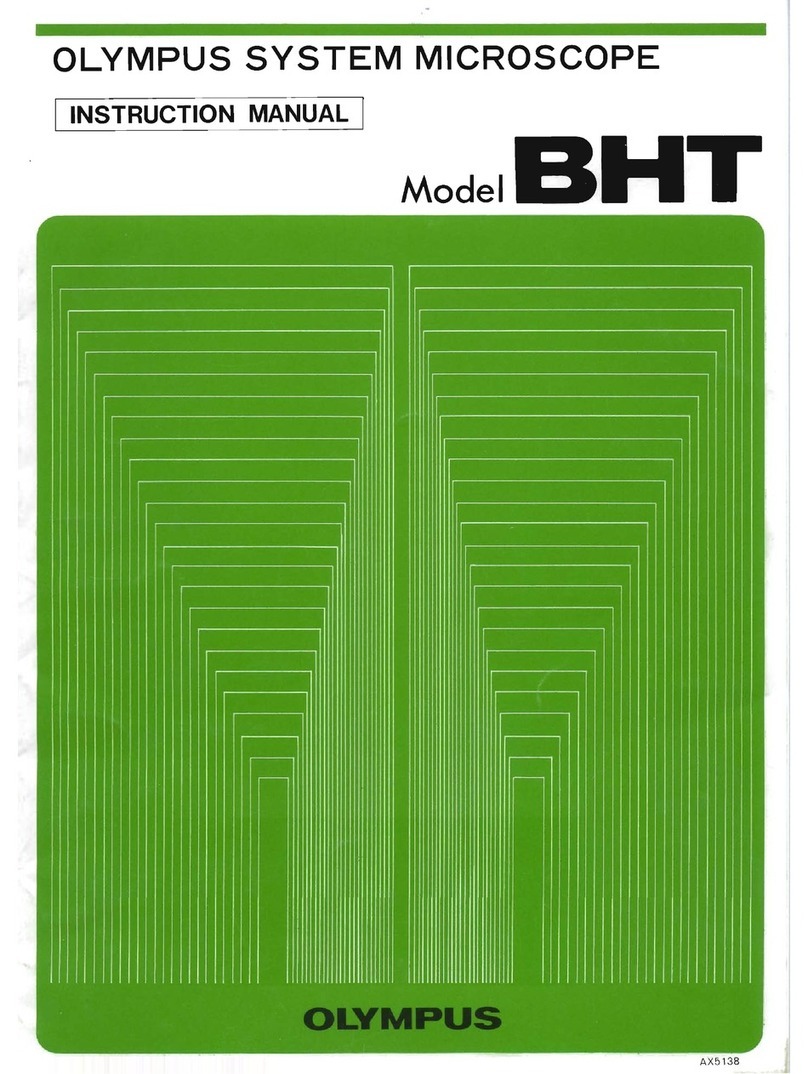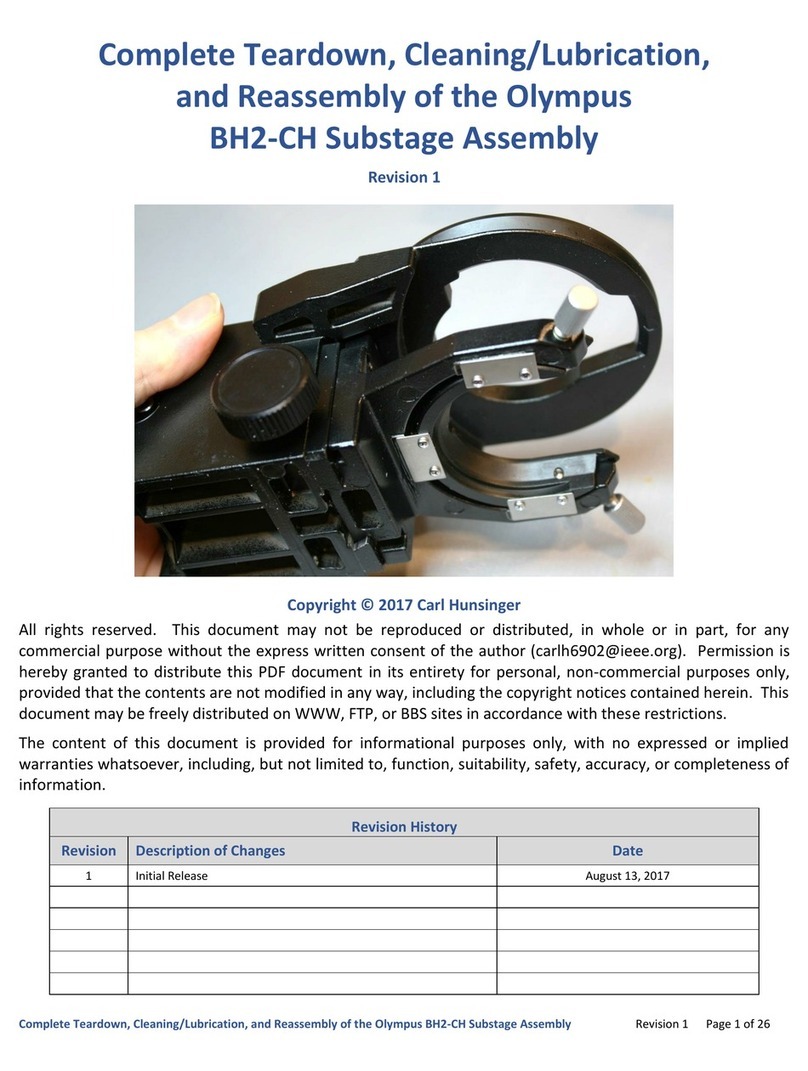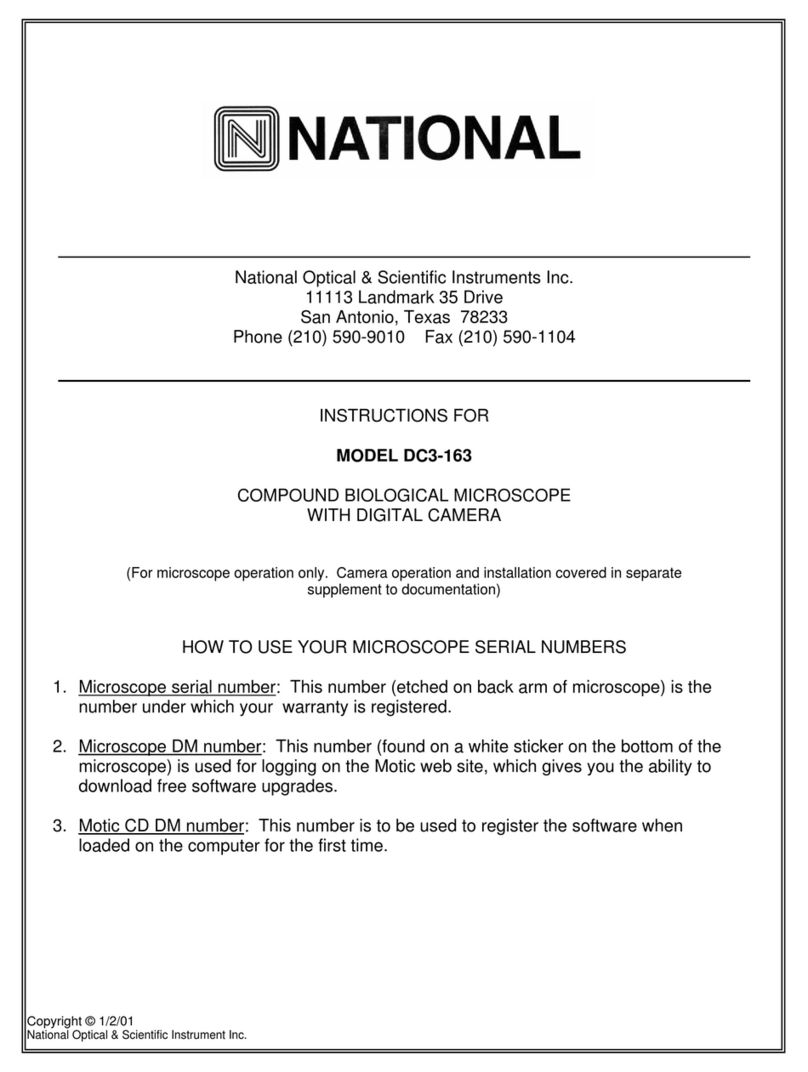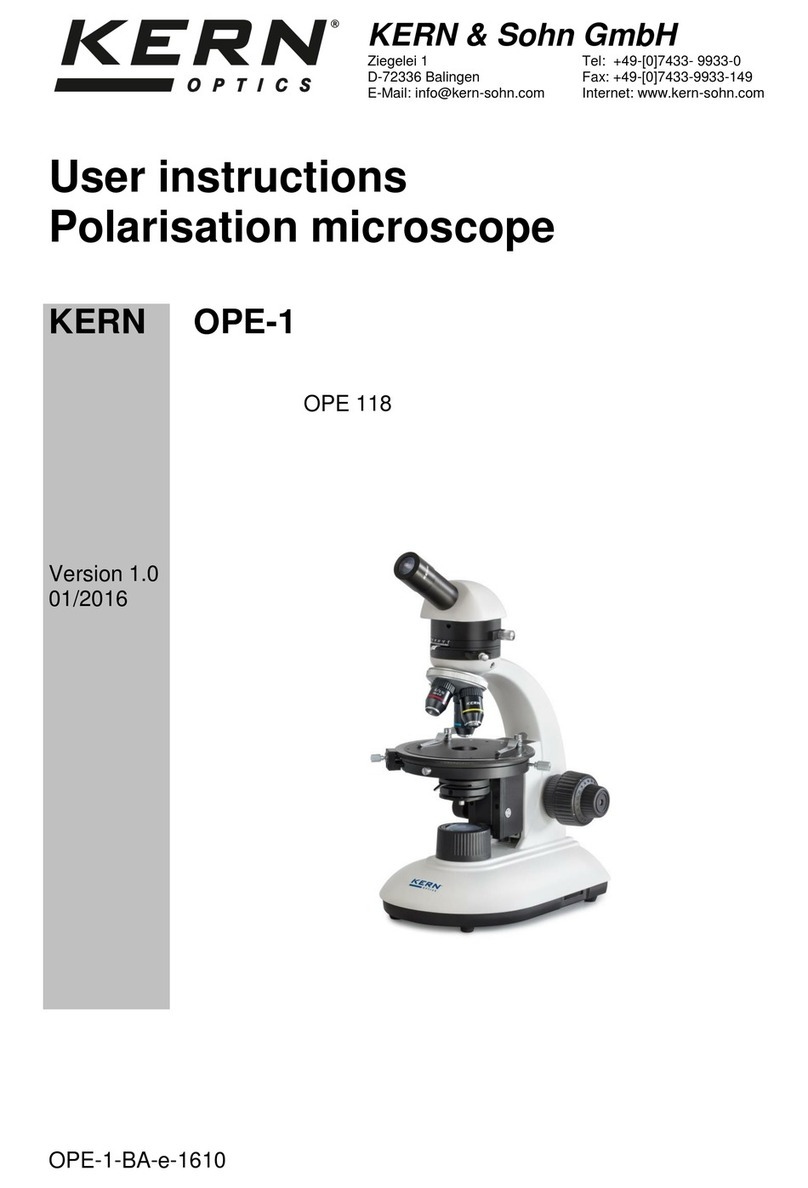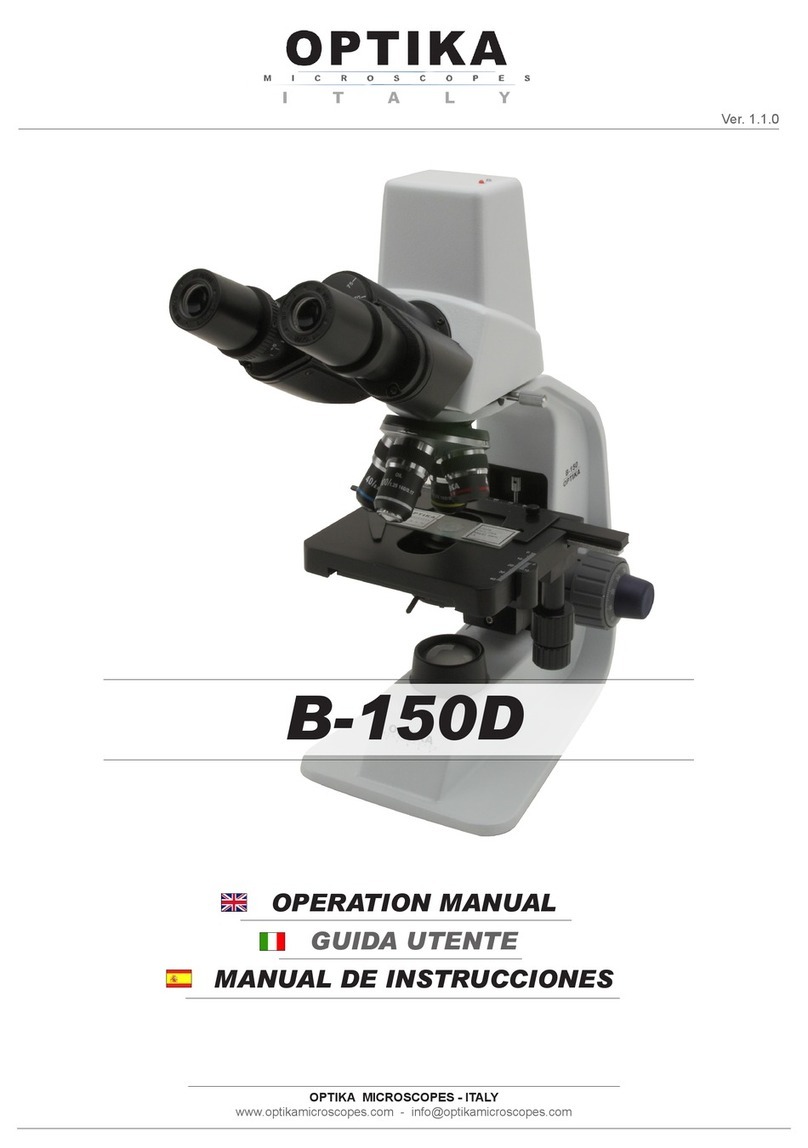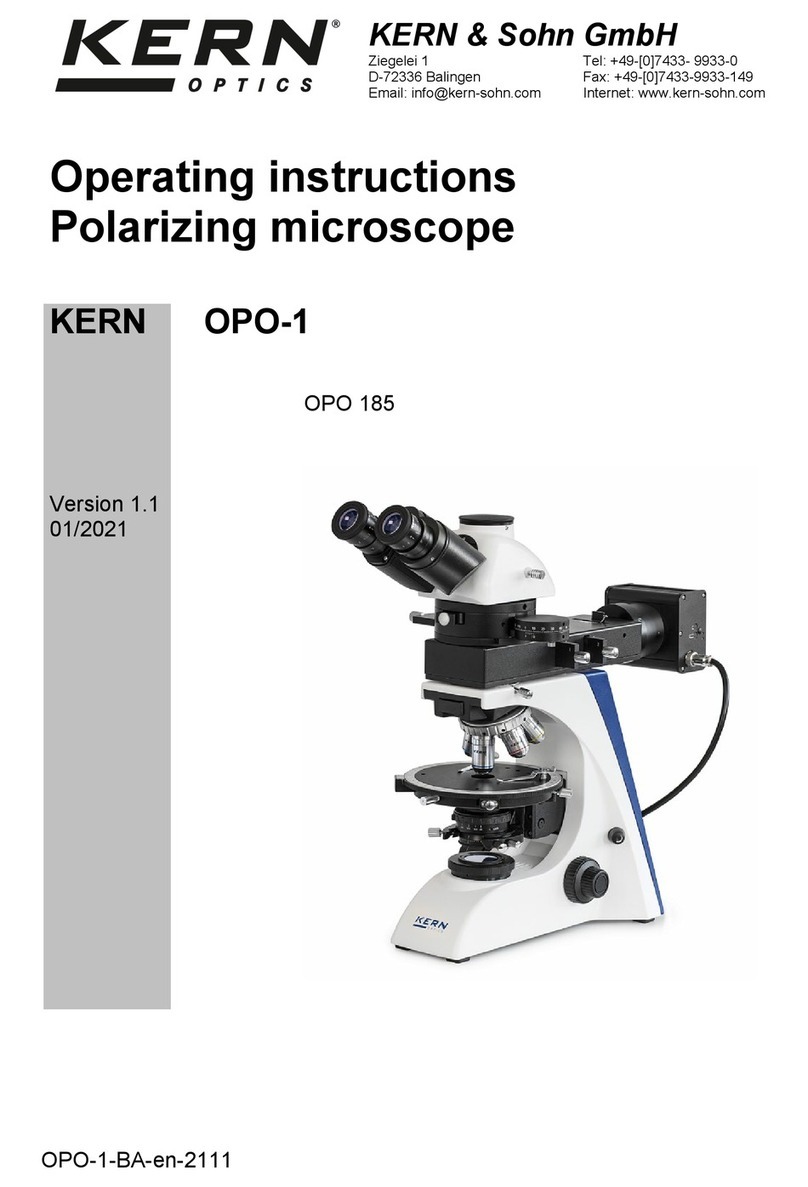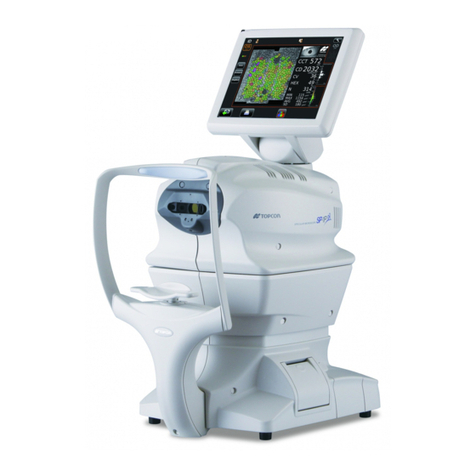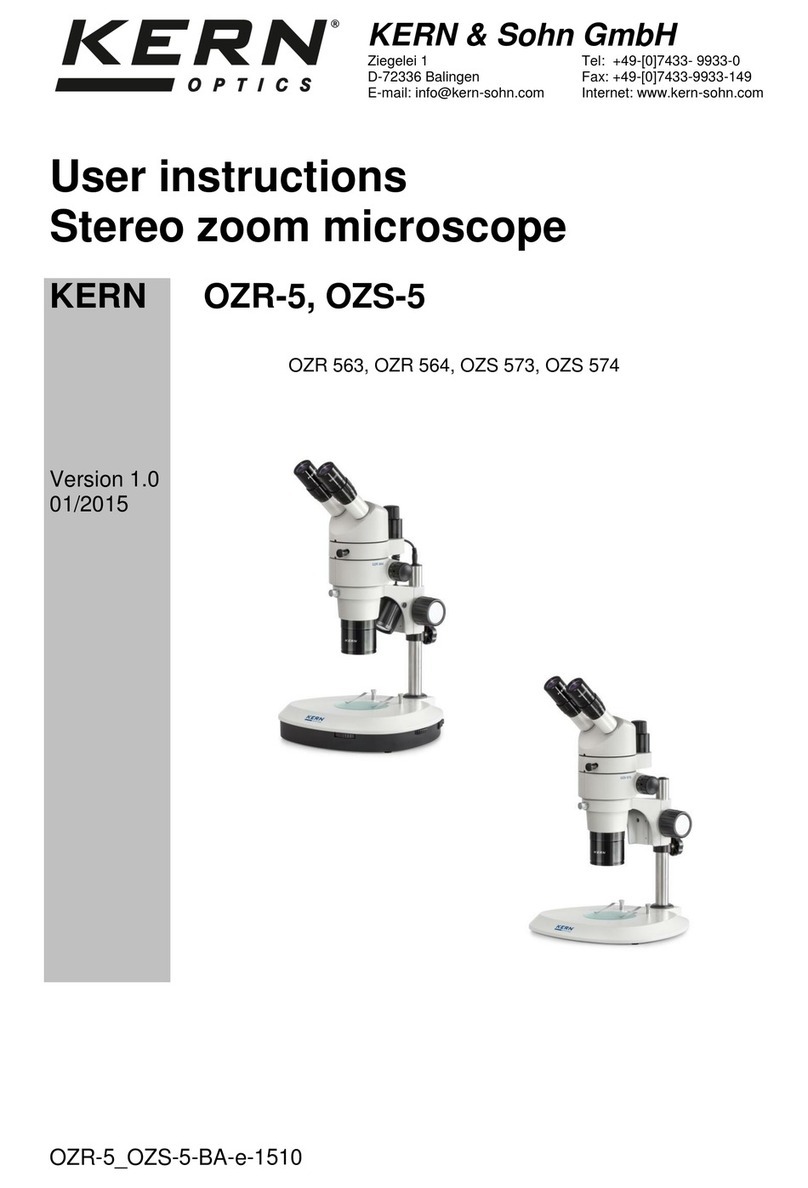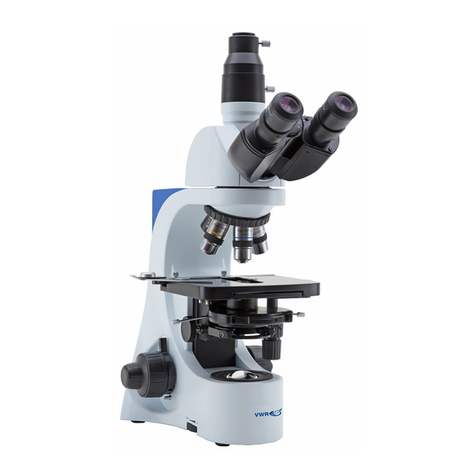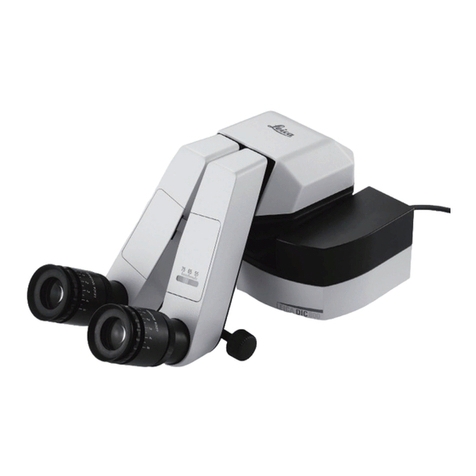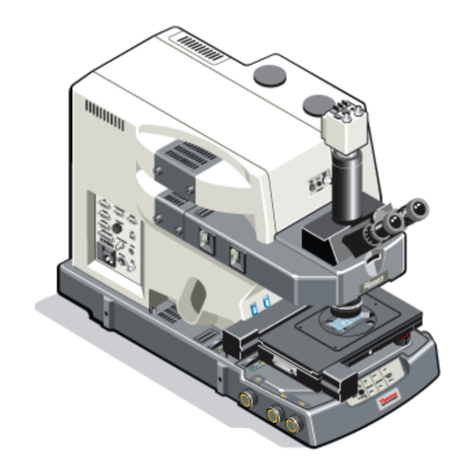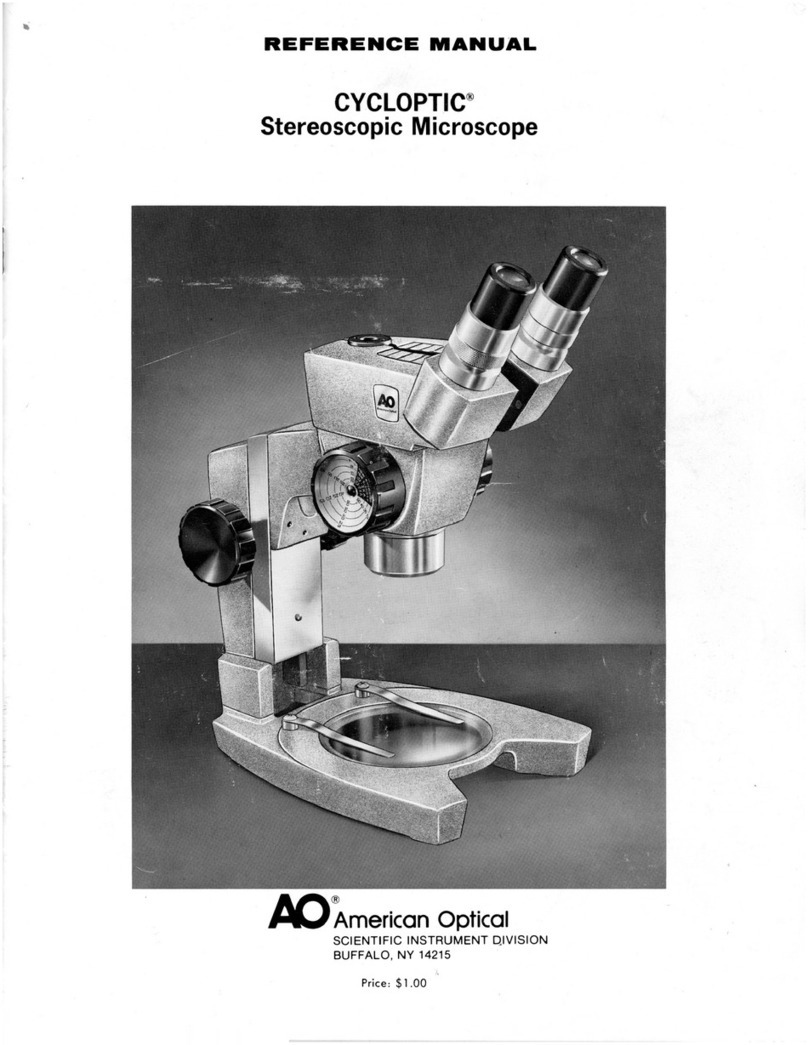
Safety precautions .......................................................................................................................................1
1 Nomenclature of configuration units ......................................................................................5
2 Nomenclature of operating portions ......................................................................................6
3 Transmitted brightfield/darkfield observation methods ........................................7
4 Operating procedures of each portion ................................................................................9
4-1 Base portion .............................................................................................................................................................9
1 Turning ON the LED illumination ......................................................................................................................................9
2 Using the filter ..................................................................................................................................................................................9
4-2 Stage portion ........................................................................................................................................................ 10
1 Placing the specimen ............................................................................................................................................................10
2 Moving the specimen ............................................................................................................................................................. 11
4-3 Revolving nosepiece portion .................................................................................................................. 14
1 Selecting the objective .......................................................................................................................................................... 14
4-4 Focusing portion ................................................................................................................................................ 14
1 Focusing on the specimen ................................................................................................................................................ 14
2 Adjusting the tension of the coarse focusing knob ....................................................................................15
3 Using the pre-focusing lever ............................................................................................................................................15
4-5 Tube portion ........................................................................................................................................................... 16
1 Adjusting the interpupillary distance ........................................................................................................................16
2 Using the eye shades ............................................................................................................................................................16
3 Adjusting the diopter ............................................................................................................................................................... 17
4 Trinocular tube (U-CTR30-2) ............................................................................................................................................. 18
5 Tilting binocular tube (U-CTBI) ........................................................................................................................................18
6 Intermediate attachment .....................................................................................................................................................18
4-6 Condenser portion ........................................................................................................................................... 19
1 Selecting the observation method ............................................................................................................................. 19
2 Adjusting the aperture diaphragm ..............................................................................................................................20
4-7 Immersion objective ..................................................................................................................................... 21
1 Using the 100X oil immersion objective ................................................................................................................21
Contents
